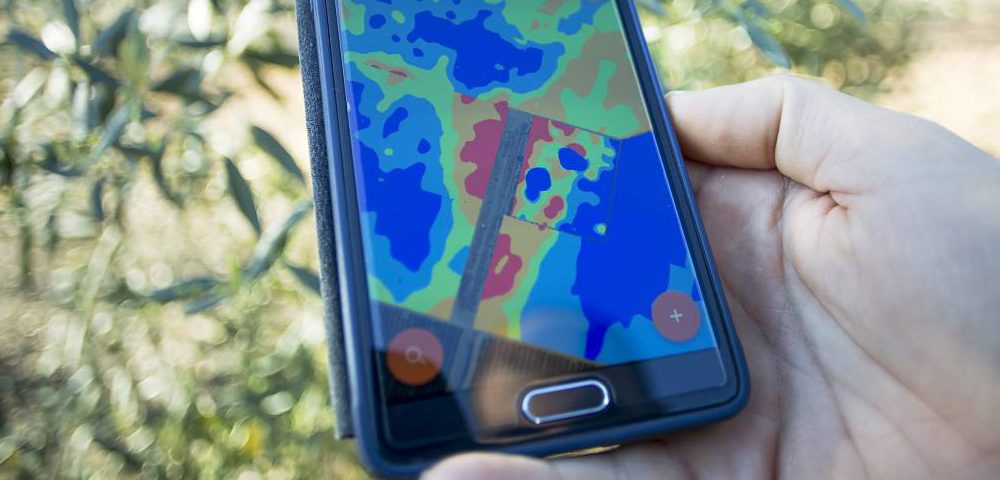The 7 innovations that are transforming agriculture

If there was ever a major problem for growers, it could be said that it was the challenge to get the most out of their crops. Those were much simpler days. Now, there are more pressing concerns about the need to simply produce high yields, including how to address the problems related to agriculture that surround population growth, food safety and global climate change.
Fortunately, innovations in agricultural technology or ag-tech have intervened to help growers overcome the potentially adverse effects of extreme weather conditions and a greater global demand for food. Technology brings hope to growers around the world through state-of-the-art methods and tools designed to increase productivity and create sustainable agriculture. Here are seven examples.
Multispectral aerial images
From the ground, there are many things that the eye can not see. Now, growers can manage crop production throughout the year more efficiently. For example, aerial spectral images for agriculture allow growers to analyze water stress, identify pests, optimize the use of fertilizers and pesticides, and estimate crop yields, all through technology focused on manned aircraft equipped with water systems. specialized cameras that capture images at specific wavelengths.
Zero tillage or Minimum tillage
No-till farming involves the preparation of land for agriculture without the use of mechanical equipment. This innovative method has many advantages such as reducing the amount of soil erosion and water run-off. This not only helps maintain the health and integrity of the soil, it also conserves water.
Agricultural operations also benefit from a reduction in work and lower fuel costs. In the same way, the benefits for the environment are important, such as a reduction in the global warming footprint and the reduction of carbon emission levels, specifically carbon dioxide and nitrous oxide.
In general, no-till agriculture helps retain moisture and nutrients from the soil, resulting in cropland that is more fertile and more conducive to high crop yields.
Deep positioning of fertilizers
Growers traditionally applied fertilizers to the crops by hand. A modern update of this method is called deep fertilizer placement (FDP), which is designed to increase crop yields and reduce the use of fertilizers. Placing the fertilizer deeper under the ground, approximately seven to ten centimeters below, reduces the amount of nitrogen that can be lost during runoff.
Efficiency of nitrogen use
Nitrogen fertilizers can significantly improve crop yields, but if applied too much to a field, excess runoff can contaminate water and nearby land. To prevent this potentially dangerous effect, technologically advanced innovators have developed what is known as nitrogen use efficiency (NUE), which allows growers use a smaller amount of nitrogen fertilizer without affecting yield.
Development of crops that tolerate heat stress
Due to the effects of global warming, fields and crops are increasingly exposed to heat waves and higher temperatures in general. To overcome this challenge, agricultural scientists have developed genetic characteristics that not only strengthen a crop’s resistance to heat, but also increase its yield, even in hot conditions.
Roof cultivation
An excellent way to maximize open areas without use. Roof crops provide immediate environmental benefits: make efficient use of limited space in urban areas, feed a growing urban population, prevent possible wastewater problems due to stormwater runoff, pest control and energy conservation.
Agriculture through the Smartphone
Increasingly, growers use smartphones to manage operating costs and crop yields, not to mention improving overall productivity. Whether they have an iPhone or Android device, growers have integrated these powerful mini computers into their daily agricultural routine, benefiting from immediate access to a wealth of information at their fingertips. There are applications available that help maintain optimal soil quality, monitor climate patterns more accurately, ensure the right mix of pesticides and other chemicals, track man / hours in a given job and much more.
Today, agriculture is increasingly pressured by modern challenges that are unprecedented in terms of scale and complexity. By adopting new methodologies and tools, growers have a better chance of facing these difficulties.
Source: agriculturers.com


